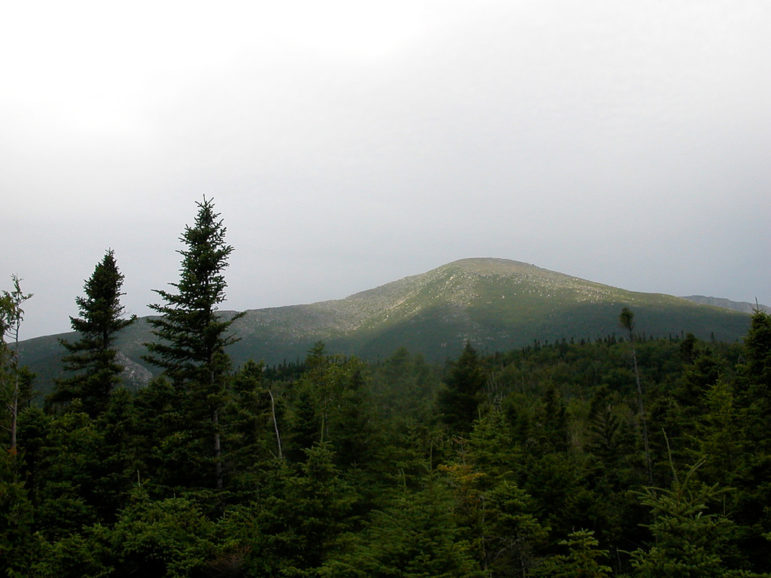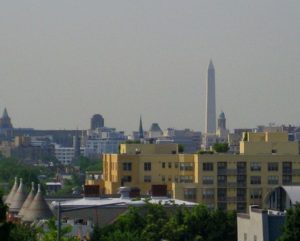
August 25, 2016; Bangor Daily News
As the National Park Service celebrates its one-hundredth anniversary this week, a new national monument has been opened in Maine. President Barack Obama signed into a law the designation of the Katahdin Woods and Waters National Monument, according to the Bangor Daily News. The 87,563-acre area, formerly owned by entrepreneur and conservationist Roxanne Quimby, co-founder of the Burt’s Bees line of personal care products, has been the topic of debate for over a decade.
The National Park Service plans to open an office on-site, personnel have been tapped for the park’s administration, and a series of public meetings have been set throughout the region to discuss the future of the new monument. The acreage, which is nearly twice the size of Maine’s Acadia National Park, is located in Maine’s North Woods, in an area much used by foresters—and its designation as a national monument brings controversy to Millinocket, Maine, and surrounding areas.
The designation of the monument comes after years of effort by Quimby and her son, Lucas St. Clair. Quimby purchased the property in large swaths in 2001, picking up the pace after selling Burt’s Bees to Clorox for $970 million in 2007. The purchases began to attract public attention when she closed her land to hunters and snowmobilers, denying “traditional access” of her land to sportsmen. Quimby also ended long-held leases on land along the East Branch of the Penobscot River, evicting people who held long-established camps there.
Quimby’s personal fortune—she’s said to be the third-wealthiest person in Maine, after L.L. Bean chairman Leon Gorman and famous Mainer Stephen King—was highlighted in an ongoing series of protests by campers, foresters, and hunters who claimed Quimby used her wealth to take land from its traditional uses. Her goal—to donate the acreage and a large sum to the National Park Service—was also eyed with concerns about the logging forest products industries.
Sign up for our free newsletters
Subscribe to NPQ's newsletters to have our top stories delivered directly to your inbox.
By signing up, you agree to our privacy policy and terms of use, and to receive messages from NPQ and our partners.
Quimby sold a chunk of her land (about 5,000 acres, plus an option to purchase another 8,000) to the state of Maine in 2010; that area was designated for recreation. In 2012, she handed over the park project to St. Clair, and in 2013, the family reopened more than 100,000 acres for recreational purposes and traditional uses like hunting, trapping, snowmobiling. Now, much more of Quimby’s land will be open for recreational use, as a national monument, due to her donation of the acreage to the National Park Service, along with a gift of $40 million in operational and fundraising monies.
The new park has gained support from some Maine politicians, such as Senator Angus King, who has said that the park will inject diversity to the state’s economy. Others, including Governor Paul LePage, say the designation will allow outsiders too much say in the future of Maine’s North Forest. In a statement, LePage said:
The [Maine] Legislature passed a resolution opposing a national monument in the North Woods, members of Maine’s congressional delegation opposed it and local citizens voted against it repeatedly. Despite this lack of support, the Quimby family used high-paid lobbyists in Washington, D.C., to go around the people of Maine and have President Obama use his authority to designate this area a national monument.
While the designation of a national park requires an act of Congress, a president may use executive power to name a national monument. Of the United States’ 59 national parks, 36 began as national monuments, so Katahdin could later be “upgraded.” Acadia absorbed 1,441 acres without congressional approval in 2015, an act that angered some Maine residents and was later found to go against a 1986 law.
Obama himself has also fallen under fire for the new park: The president has created 27 national monuments, and while some of these designations include small, urban parks or historic locations, he has faced criticism for placing nearly 4 million acres under federal protection.—Lauren Karch













